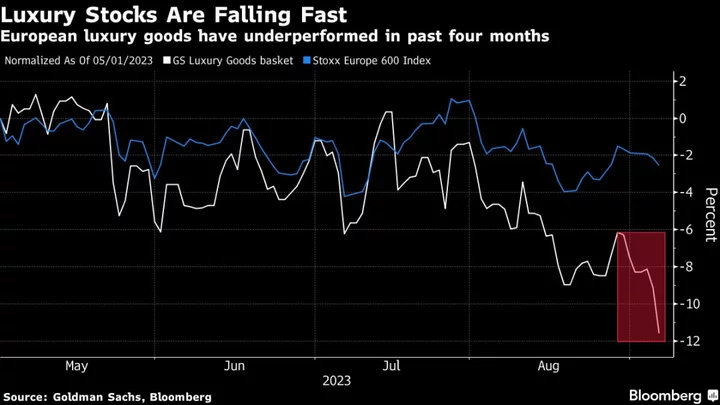Just off the heels of introducing Relationship Goals this year, the dating app Tinder made headlines recently because, apparently, many Tinder users are already in relationships.
The claim comes from a new study in the journal Cyberpsychology, Behavior, and Social Networking, titled, "Finding Intimacy Online: A Machine Learning Analysis of Predictors of Success." The study focuses on satisfaction of Tinder use and offline dates from the app, but more people have focused on one statistic: 65.3 percent of the 1,387 survey participants reported that they were married or otherwise in a relationship.
Tinder, meanwhile, calls the study bogus. Mashable reached out to both the dating app and the lead author of the study to figure out the truth.
SEE ALSO: The problem with TikTok's dating advice 'if he wanted to, he would'Dating app data discrepancy
Study researchers recruited participants through online advertisements seeking English-speaking Tinder users 18 and over. The data was previously collected in 2018 and 2019 and was initially used for another study about the psychology of "swiping," according to the Methods section of the paper. The largest chunk, 45.1 percent, reported that they were in a relationship; 20.2 percent stated they were married.
A Tinder spokesperson told Mashable that participants weren't given the option to say they're unpartnered. "Based on Tinder's data, the figures highlighted in this study are highly misleading and do not accurately represent our members," the spokesperson emailed Mashable. "Study participants were only given three options to describe themselves — 'celibate', 'in a relationship' or 'widowed' — with no option for 'single.' This likely resulted in a completely skewed depiction of who Tinder members are and what they seek."
Want more sex and dating stories in your inbox? Sign up for Mashable's new weekly After Dark newsletter.
Germano Vera Cruz, co-author of "Finding Intimacy Online," professor of health psychology and data scientist at France's University of Picardie Jules Verne, told Mashable that isn't accurate, and there are four Relationship Status options in the article. In the PDF of the study he passed along to Mashable, "single" is an option for relationship status:
Relationship status options from the "Finding Intimacy Online" study. Credit: Screenshot: Vera Cruz et al.When shown this, Tinder's spokesperson claimed that the researchers altered the data set so the "celibate" option was changed to "single," citing a recent change in files on Github. Further, Tinder said that the researchers removed participants from the original data set without reporting how many and why.
"The primary researchers…have clearly changed their incomplete datasets, with no explanation, after releasing them publicly. They have also removed participants from their dataset without reporting how many and why," said social psychologist and associate professor at Indiana University, Dr. Sara Konrath, in a statement Tinder provided Mashable.
"As a social scientist, this makes me question the integrity of the study," Konrach continued.
Vera Cruz told Mashable that three words were changed in the data files: two French to English translations ("année" to "Year" and "sexe" to "Sex") and "celibate" to "single" to "reflect the original questionnaire that was used for the survey." Further, a nonbinary gender option was added to the files.
In terms of removing participants from the data set, Vera Cruz said the number of participants in the data set matches the number stated in the paper. Mashable reviewed the latest data set, and the numbers of participants matched that in the paper. This is a different number than in the previous study the data set was used for; that one, however, removed gay and nonbinary participants.
Drawbacks of the Tinder study
The back and forth between the dating app and researchers aside, this study doesn't reflect the actual dating landscape. For one, the data was collected pre-pandemic; three years in, daters know that COVID altered how people date. People are more up front with what they want and about their mental health, and different relationship styles and sexual exploration increased when vaccines became available.
Further, regardless of the "celibate" vs. "single" debacle, the options participants were given don't reflect all possibilities. There is no option for separated or divorced people, for example. Also, there's no way to know if the married people are in an open or otherwise ethically non-monogamous relationship. As those in the dating scene know, ethical non-monogamy or ENM has boomed since COVID. While it is possible that monogamous married folks are cheating on Tinder (perhaps they'd feel better on Ashley Madison?), it's also possible that married folks are open.
And, above all, this is a single study with around 1,400 participants. Millions of people use Tinder. The headlines saying many Tinder users are partnered are disingenuous; it's impossible to know that, especially from a single study.
Dissecting dating app behavior is a worthy cause. Let's hope future studies better represent users.









